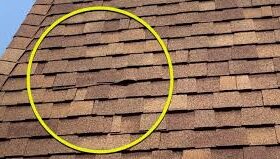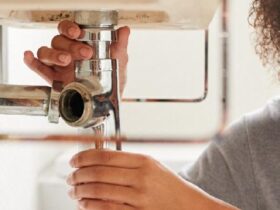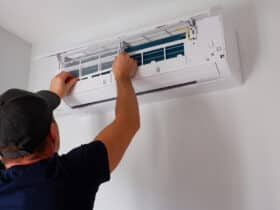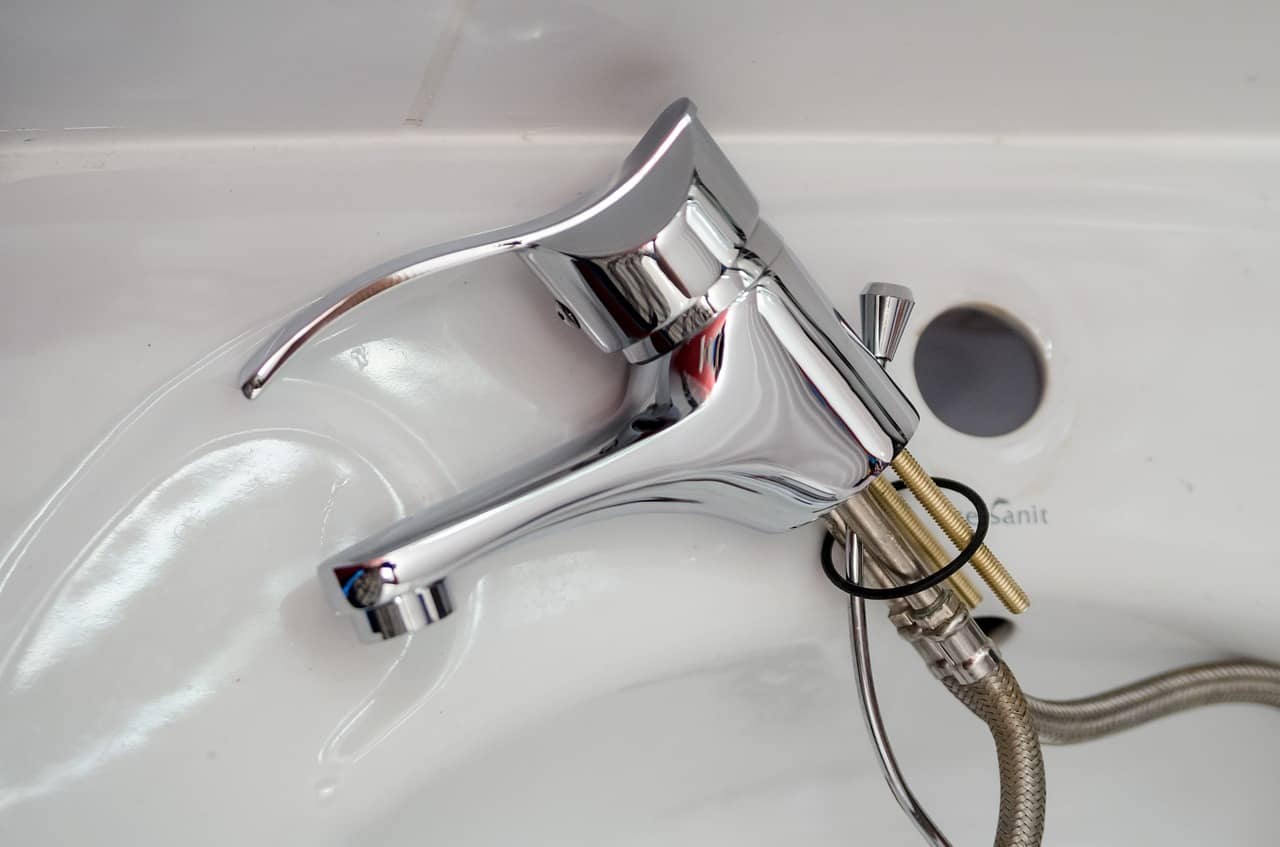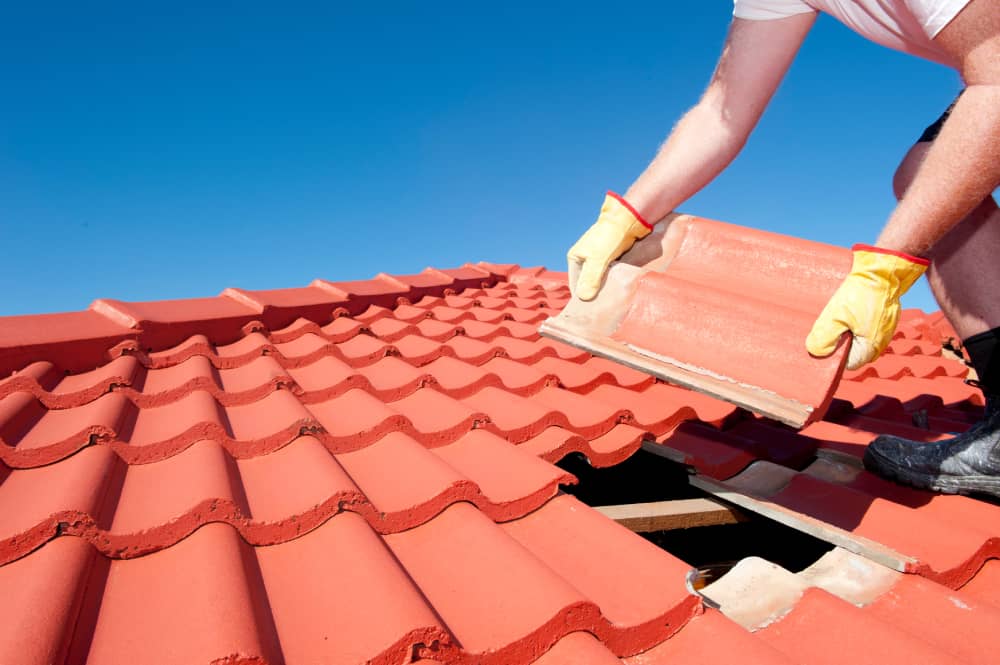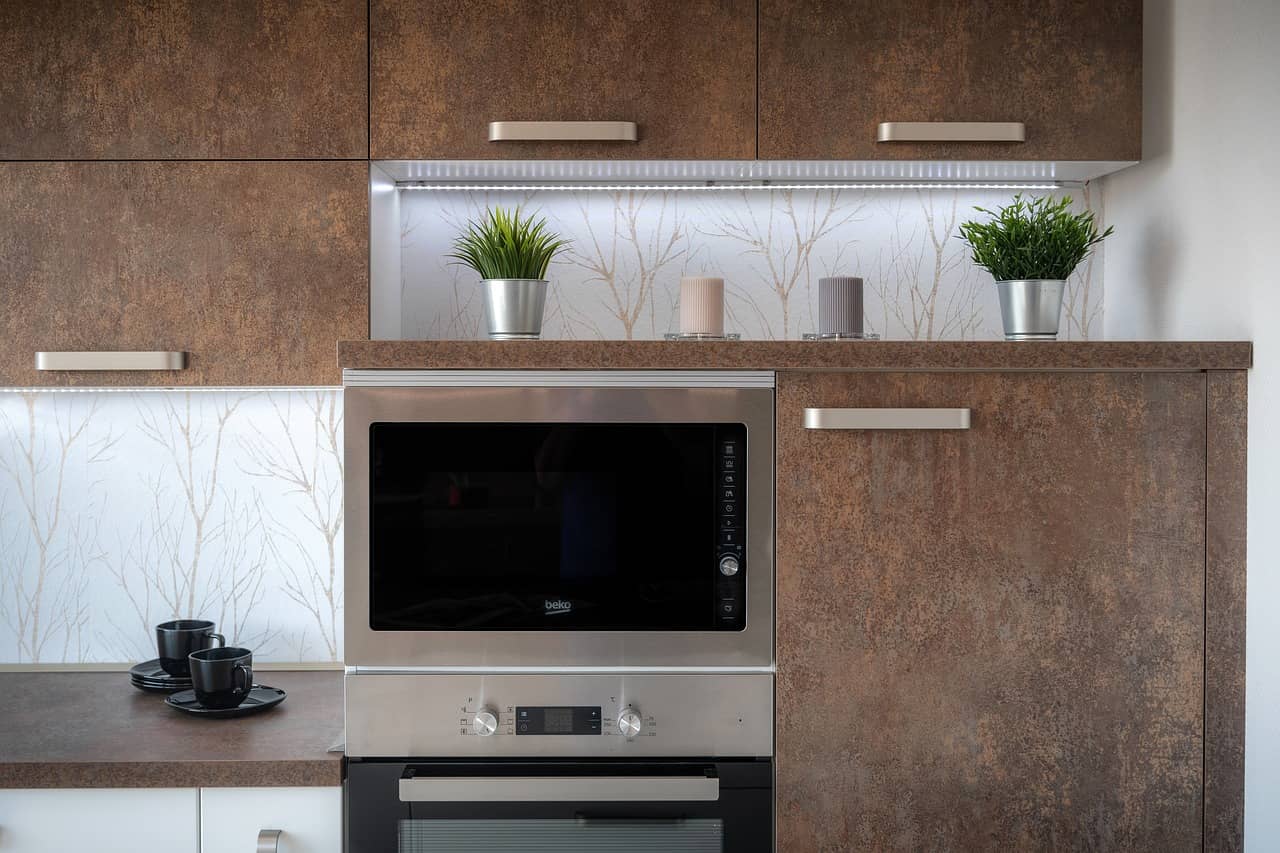It isn’t necessary to have plumbing experience to replacing or changing an old kitchen faucet.
If your faucet is beyond its prime, learn how easy it is to replace it yourself.
Replacing a leaking or out-of-date faucet is not as challenging as you would expect.
You can complete the job with a basin wrench and a few other simple tools, and it should take no more than an hour in most cases.
Installing a new faucet on a new sink is the same as installing a tap on an old sink.
To install or replace your faucet, follow these simple instructions from Plumbers Spot.
Is replacing a kitchen faucet difficult?
When I began researching it felt a little overwhelming. The process of putting this together was super quick and simple. There’s probably a little elbow grease needed for taking that old faucet out. It is so simple to install kitchen faucets. It’s an old faucet. Not bad. It has a few small issues.
Tools Needed to Replace A Kitchen Faucet
- New Faucet
- Adjustable Wrench
- Channel-locking Pliers
- Flexible Supply Lines
- Basin Wrench
- Tape Measure
- Plumber’s Putty
How to Replace a Kitchen Faucet
Turn off the water supply to the faucet under the kitchen sink. Disconnect the water hoses to the shutoff valves and disconnect them.
Using the basin wrench, loosen the nuts below the sink. With a pair of scissors, cut the hose from the faucet to the sprayer. Take care not to damage the sink while removing the existing faucet.
Assemble the faucet components according to the manufacturer’s instructions.
Typically, a gasket is installed right under the faucet, followed by a deck plate. Place the faucet in place after putting a handsome amount of putty below the cover plate. Ensure that all hoses attached to the faucet pass through the centre sinkholes.
Slide the gasket, washer, and mounting bracket onto the faucet below the sink. Secure the bracket to the sink with a screwdriver.
To enable the spray hose to retract when not in use, add weight. You should reconnect the hot and cold water supply lines to the shutoff valves.
Cover it with a cover plate or a soap dispenser if a fourth hole remains from the previous hose. Take some putty and stick it to the bottom of the sink. Reconnect the water supply.
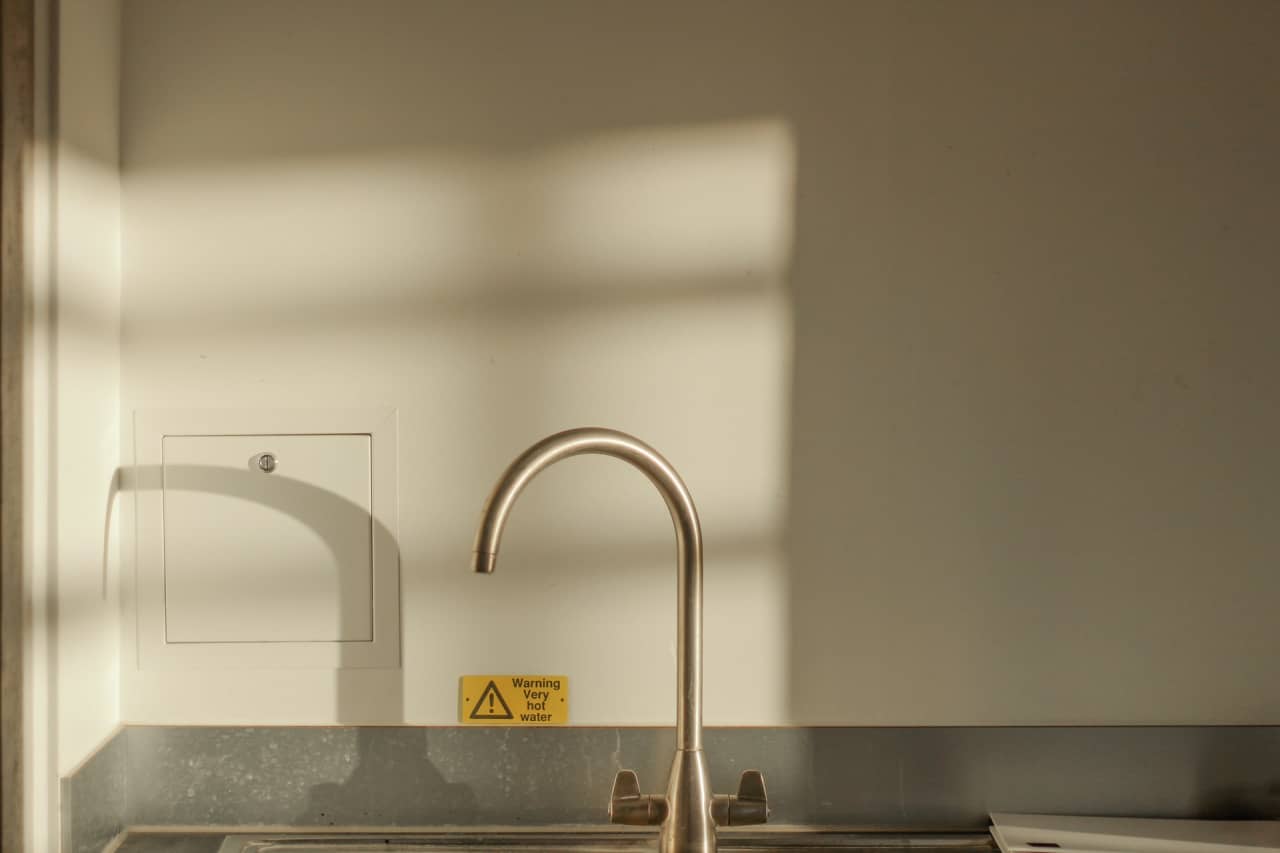
Installing New Supply Lines for Your Kitchen Faucet
There’s no need for solder, sticky epoxy, or other materials for your DIY projects.
If you’re installing a kitchen faucet with entirely new kitchen faucet supply lines, you just need to turn off the main water valves.
Connect the stop valve to the stub-out or tee adapter. Connect the other end of the flex hose to the faucet and thread it onto the valve’s compression end.
If the flex hose is too short for the faucet, risers may be made from a 3/8′′ OD pipe. Connect the stop valve to the stub-out or tee adapter.
Cut the pipe to the desired length.
Insert the pipe into the valve.
Thread the connection onto the faucet body after placing the pipe into the faucet connector.
When You Should Call a Plumber?
Small leaks turn into large leaks in pipes in shockingly short amounts of time, so don’t put off calling about a pipe problem.
If you’re not experienced with pipe repair, you should seek professional help as soon as possible.
Final Thoughts
Learning how to install a faucet is one of the most straightforward kitchen renovation projects that homeowners can do to modernize their homes.


